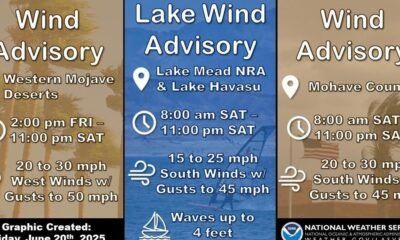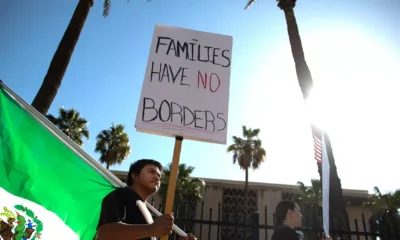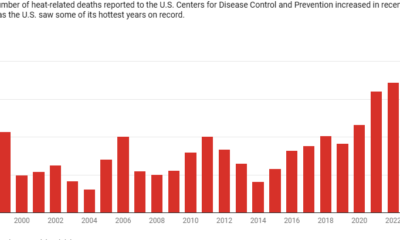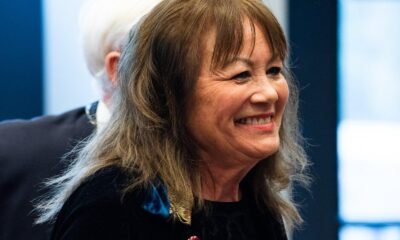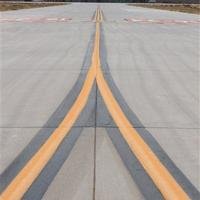aerospace
NASA Extends Stay for 2 Astronauts in Space Until February, Axes Boeing Capsule Return

CAPE CANAVERAL, Fla — NASA has decided to postpone the return of two astronauts from the International Space Station (ISS) due to safety concerns surrounding Boeing’s Starliner capsule. Initially expected to conclude in a week, their test flight will now extend over eight months, with a SpaceX spacecraft scheduled to bring them home in February.
The astronauts, Butch Wilmore and Suni Williams, have been at the ISS since early June, following a series of technical issues including thruster failures and helium leaks that prevented their return. NASA’s leadership met over the weekend to evaluate the risks, ultimately prioritizing crew safety.
Wilmore, 61, and Williams, 58, will see their Starliner capsule attempt an uncrewed return to Earth in early September, landing in the New Mexico desert. NASA Administrator Bill Nelson emphasized the importance of safety over expediency: “A test flight by nature is neither safe nor routine.”
Boeing, while not present at the announcement, reiterated its commitment to crew and spacecraft safety in a statement. The company has faced significant challenges with Starliner, which was meant to be a cornerstone of its astronaut transportation program after years of delays.
Both astronauts had anticipated the unpredictability of a new spacecraft trial. Despite the challenges, they expressed trust in the systems being validated. Wilmore’s wife acknowledged the extended wait, stating, “You just sort of have to roll with it.” NASA officials confirmed the astronauts fully support the decision to extend their stay.
Currently, the SpaceX capsule docked at the ISS is occupied by four crew members, who will return in late September, thereby complicating arrangements for an immediate rescue of Wilmore and Williams. The Russian Soyuz spacecraft also has limited capacity, housing its own crew members as well.
Starliner has faced issues since its inception, experiencing software problems during its initial test flight in 2019 and subsequent design flaws that delayed its certification. Following a launch attempt in May that was halted due to a helium leak, further complications after the spacecraft was airborne necessitated a detailed investigation by engineers.
NASA’s decision reflects a deliberate acknowledgment of safety standards, particularly in light of past spaceflight disasters. Despite current setbacks, Nelson remains optimistic about Boeing’s future with Starliner, affirming the program’s potential to resume operations after necessary corrections.
In the broader context of NASA’s commercial crew program, Boeing’s substantial contract remains challenged by SpaceX’s successful astronaut missions, which have included nine flights since 2020. The agency still aims to see Starliner operational within the next year, contingent on resolving ongoing technical difficulties.
